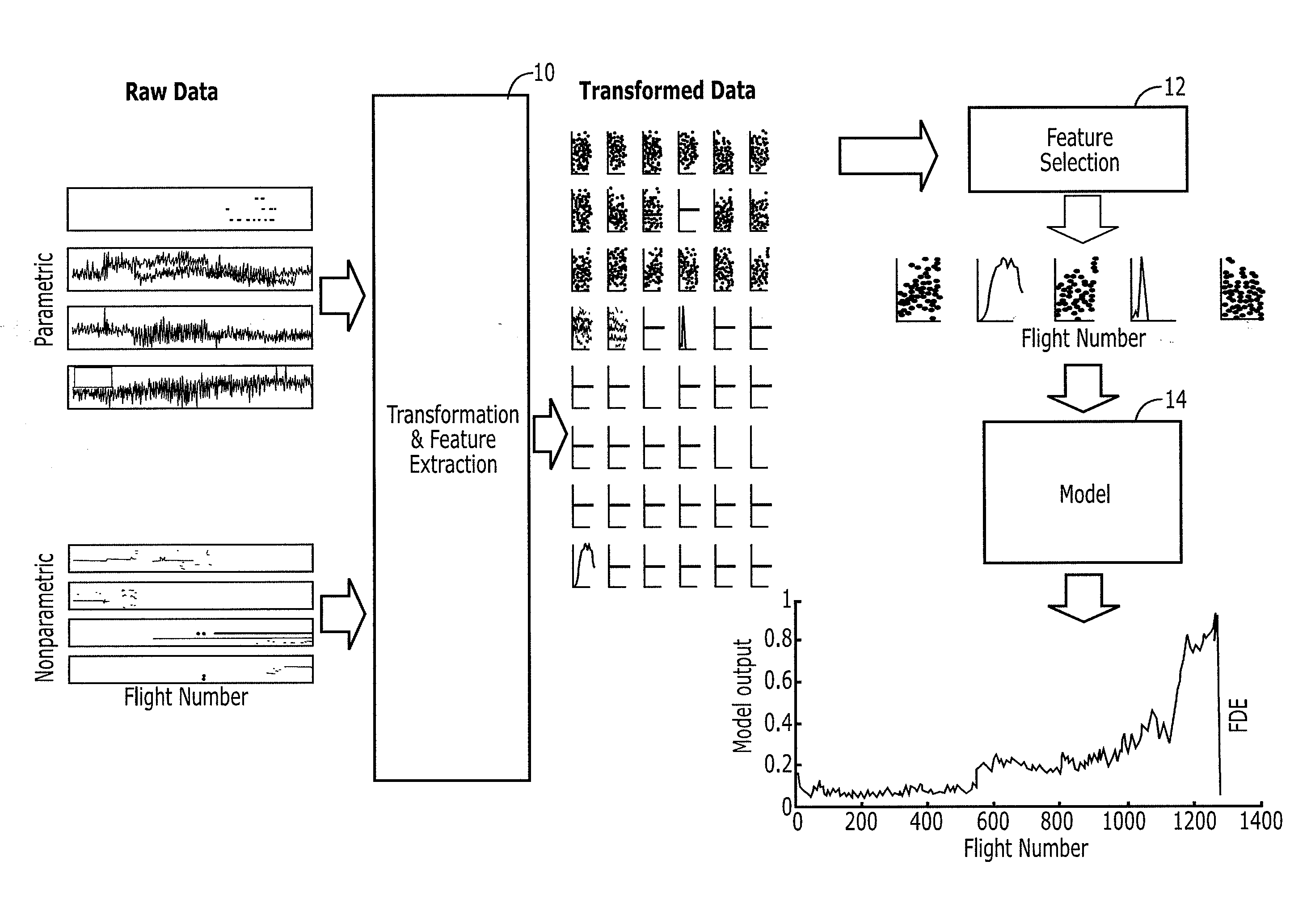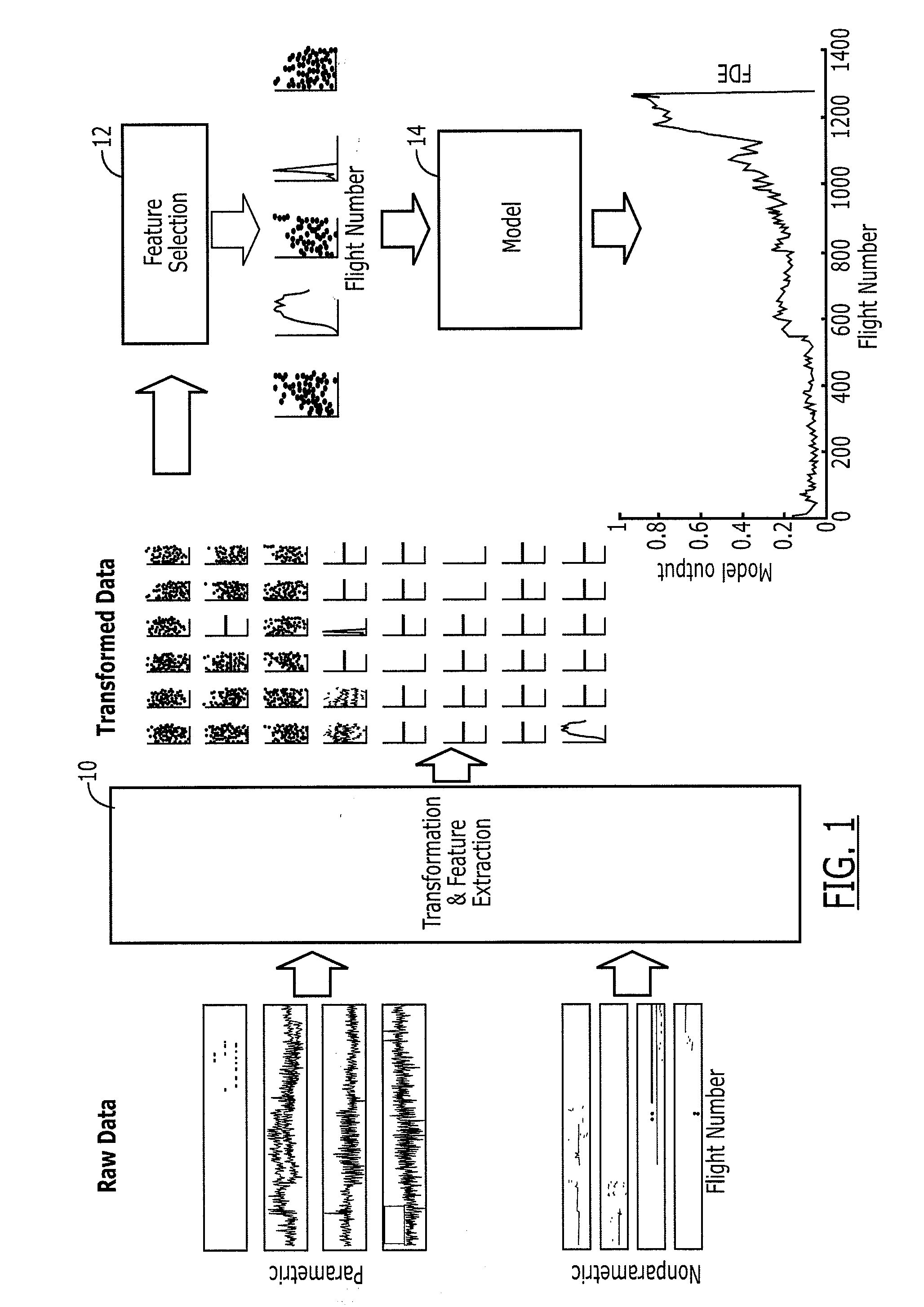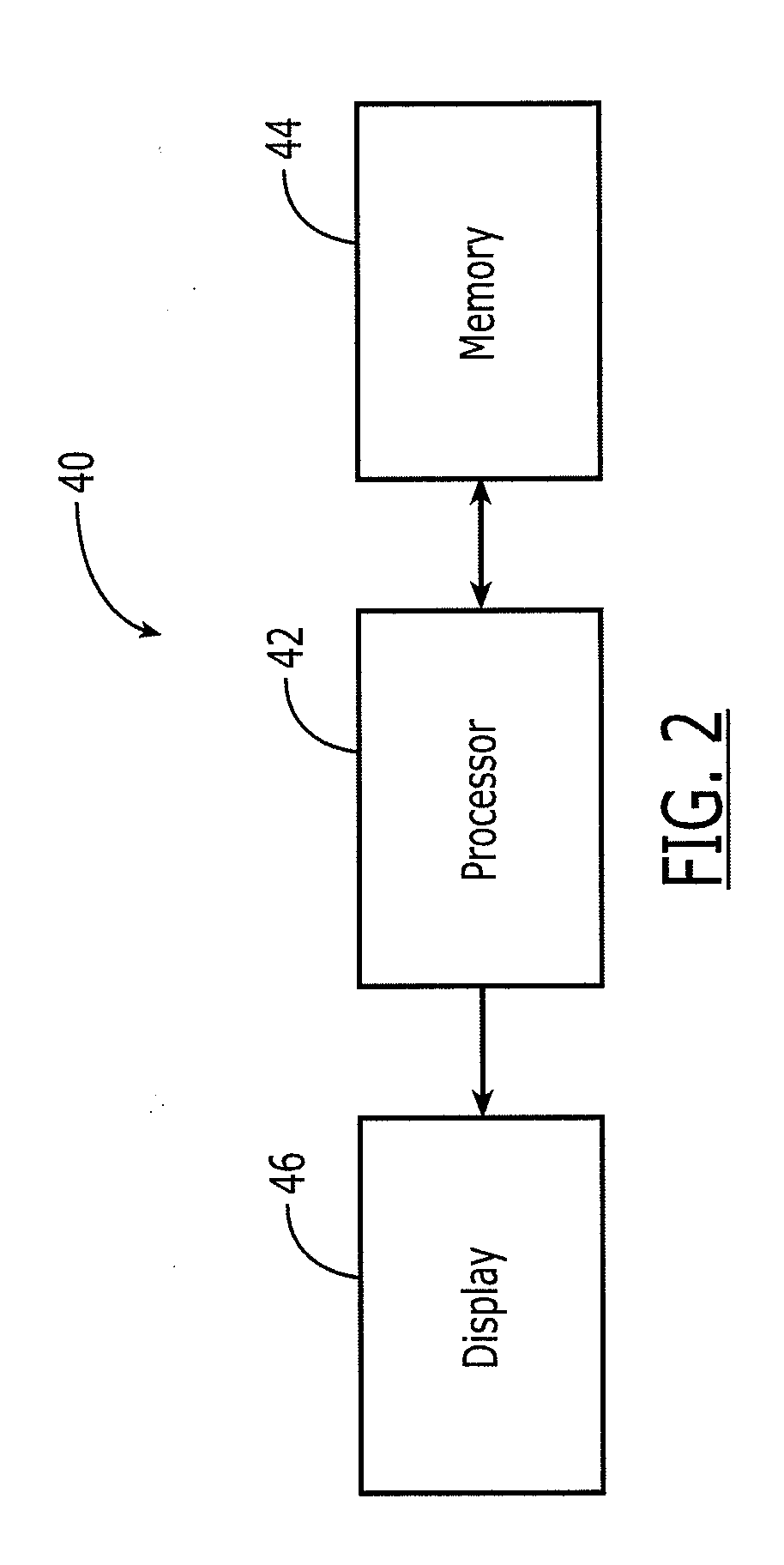Method, Apparatus And Computer Program Product For Predicting And Avoiding A Fault
a technology of fault prediction and fault avoidance, applied in the field of fault prediction, can solve the problems of affecting airworthiness, delay or cancellation, substantial cost of cancellation, diverted or turned back flight, etc., and achieve the effect of convenient and economic time, and reducing the likelihood of fault occurren
- Summary
- Abstract
- Description
- Claims
- Application Information
AI Technical Summary
Benefits of technology
Problems solved by technology
Method used
Image
Examples
Embodiment Construction
[0019]The present inventions now will be described more fully hereinafter with reference to the accompanying drawings, in which some, but not all embodiments of the inventions are shown. Indeed, these inventions may be embodied in many different forms and should not be construed as limited to the embodiments set forth herein; rather, these embodiments are provided so that this disclosure will satisfy applicable legal requirements. Like numbers refer to like elements throughout.
[0020]Referring now to FIG. 1, the operations for predicting and avoiding a fault in accordance with one embodiment of the present invention are depicted. While the method, apparatus and computer program product of the present invention may be utilized to predict faults in various types of systems such as medical devices, power generation turbines, etc., the method, apparatus and computer program product will be described in conjunction with the prediction of a fault in an aircraft engine by way of example, bu...
PUM
 Login to View More
Login to View More Abstract
Description
Claims
Application Information
 Login to View More
Login to View More - R&D
- Intellectual Property
- Life Sciences
- Materials
- Tech Scout
- Unparalleled Data Quality
- Higher Quality Content
- 60% Fewer Hallucinations
Browse by: Latest US Patents, China's latest patents, Technical Efficacy Thesaurus, Application Domain, Technology Topic, Popular Technical Reports.
© 2025 PatSnap. All rights reserved.Legal|Privacy policy|Modern Slavery Act Transparency Statement|Sitemap|About US| Contact US: help@patsnap.com



